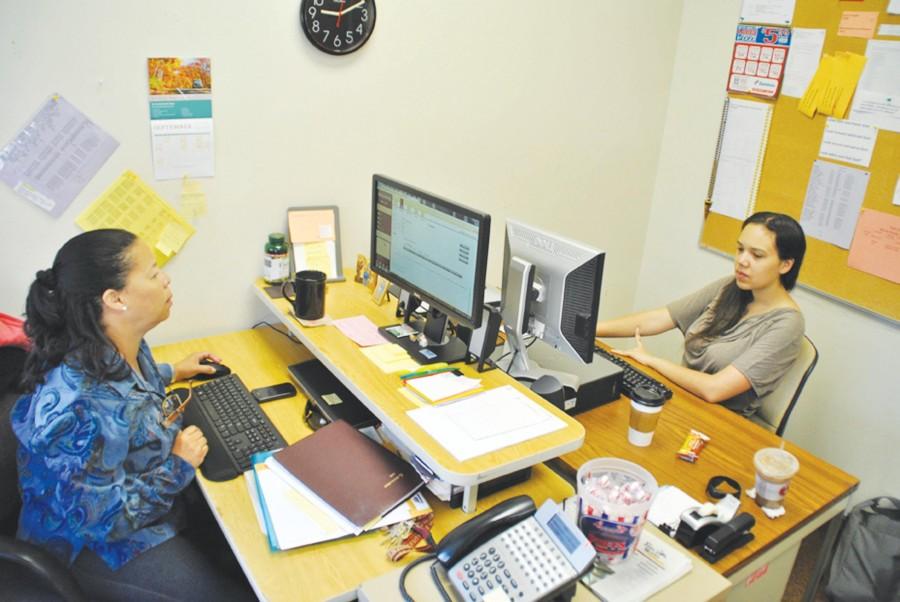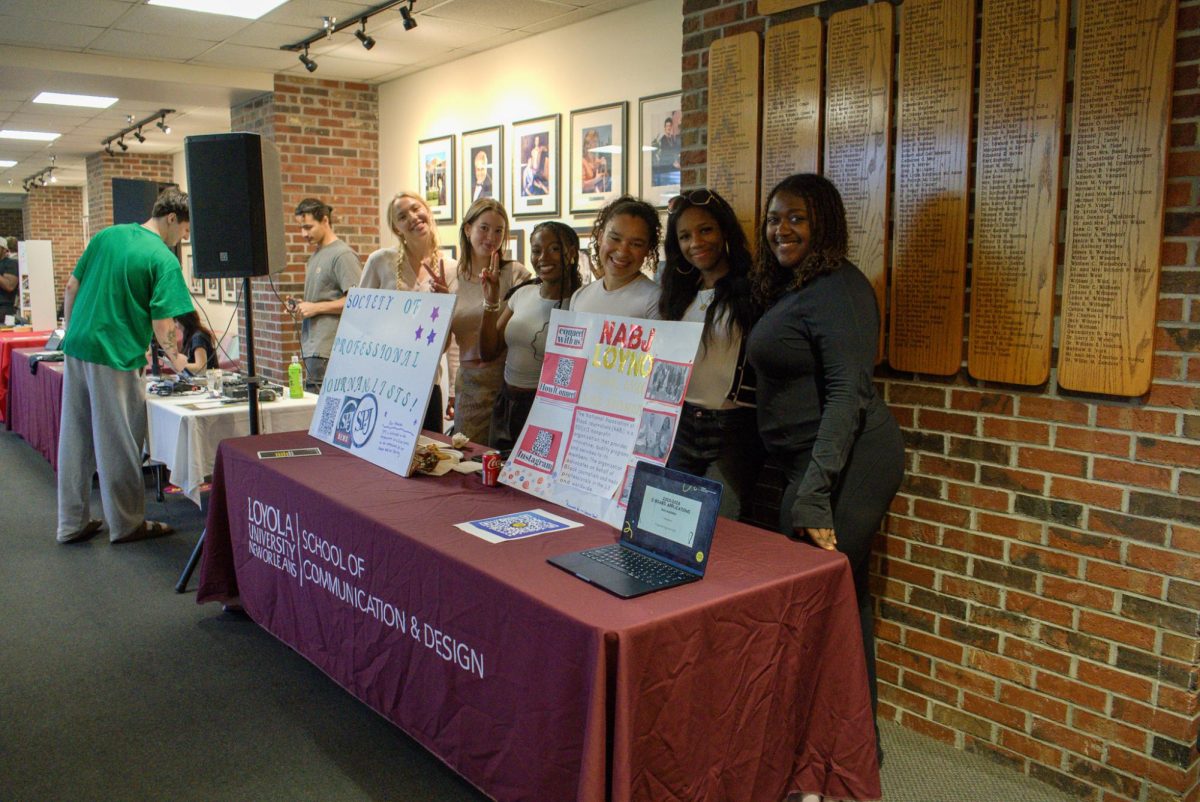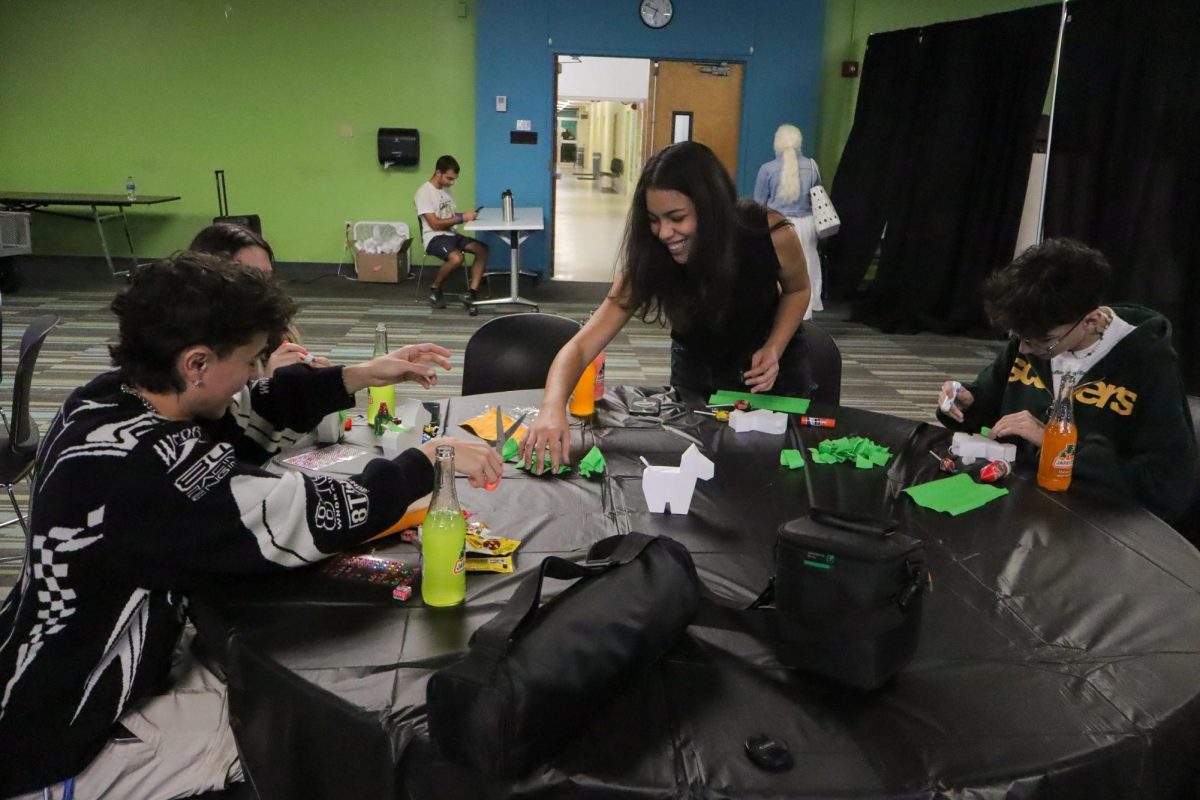After being awarded work-study for the past two years, Kat O’Toole, English writing junior, came back to campus without a renewed work study position.
Carrie Glass, the newly appointed director of financial aid, attributed the significant decrease in work-study students to overspending in the past and the subsequent reeling in of that spending this year.
“I called Monroe Library, where I did my work-study last year, and asked my boss if I was on schedule and she told me ‘No, you probably didn’t get work-study, a lot of students didn’t'” O’Toole said.
O’Toole was later informed that The Office of Financial Aid had cut her work-study.
Work-study funds are 75 percent from the federal government and Loyola matches that with 25 percent, Glass said.
To translate these figures, for the 2012-2013 school year, the federal government allocated $540,537 to Loyola’s work-study fund, and Loyola matched that with $180,179.
With the average student receiving $2,000 per year, this would result in 360 work-study jobs. However, Loyola contributed an additional $606,821 last year, resulting in an additional 300 jobs and the work-study boom.
“The federal contribution has reduced every year, as has our required match, the 25 percent. Each of the past three fiscal years, we have exceeded the federal work-study allocation and match, by a significant amount, which comes out of Loyola’s operating budget,” Glass said.
This decrease in funding has resulted in an equally drastic decrease in jobs for students.
This year, Loyola was allocated $532,611 and contributed an additional $177,537, resulting in about 350 jobs.
“Students have not been ‘upset’ but more confused as to why they did not qualify this year when they have qualified last year,” Doris Newman, human resources coordinator, said.
O’Toole planned her academic year around work-study, including her off-campus apartment and class schedule.
Mark Bush, assistant director of the University Sports Complex, had up to 60 work-study students at one time last year, and is down to only 23 students for the 2013-2014 school year.
“Because we’re in the third week of school, I just hired my last student and I have everybody,” Bush said.
Bush also said that the number of hours students are receiving has diminished as well. 138 hours was the average per semester in the past. This year, the average is 110-124.
“So not only have they cut the award, but they’ve cut down the students that qualify,” Bush said.
Glass described this year’s packaging policy as focusing heavily on financial need-based students and students who have utilized the program in previous years.
“We acknowledge that college work study students perform a valuable service to the university, but the university staff will continue to provide first-class service to the university community,” Glass said.
The University Sports Complex depends heavily on work-study students, and it has been hard to manage operations and maintain the facility with fewer students, Bush said.
“We welcome the challenge,” Bush said.
Gabrielle Gatto, film studies junior, heard about the cut in work study and thinks it’s not fair to people who have been receiving it for years now.
“I honestly feel guilty that I received work study, because there’s so many people that really do need it and they’re not getting it,” Gatto said.
While O’Toole will miss her financial support from work-study, she said she will miss the time spent at her work-study position.
“It was so nice working at the library, I got school work done and I was more focused,” O’Toole said.
Taylor Denson can be reached at [email protected]






